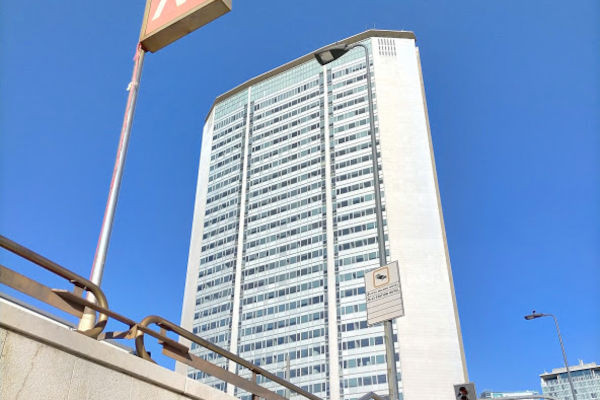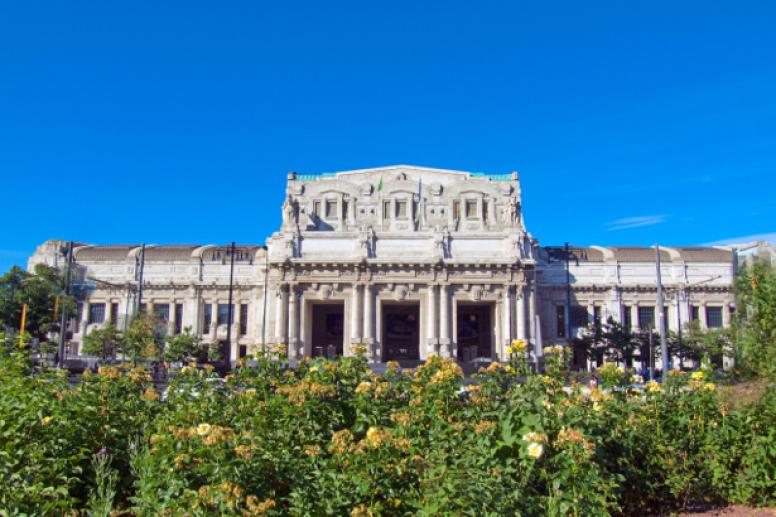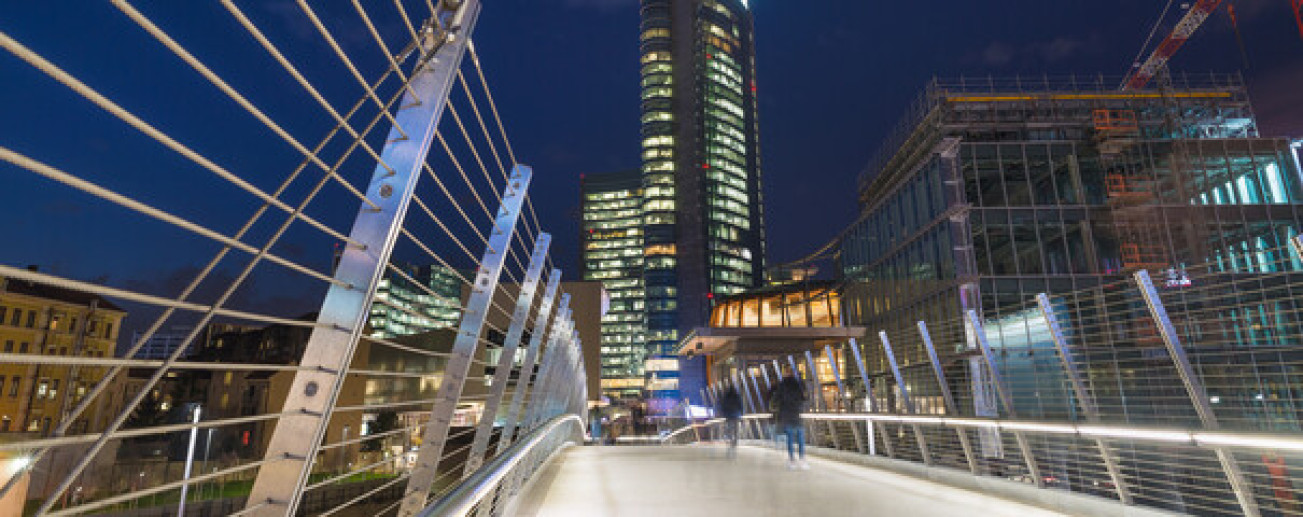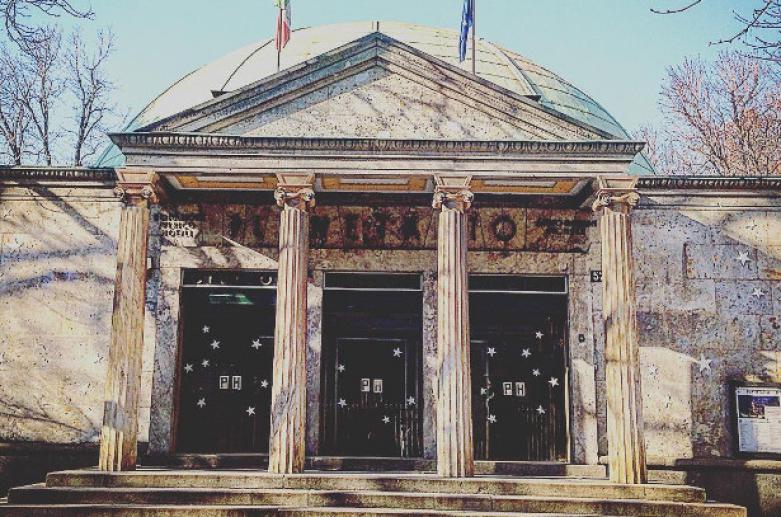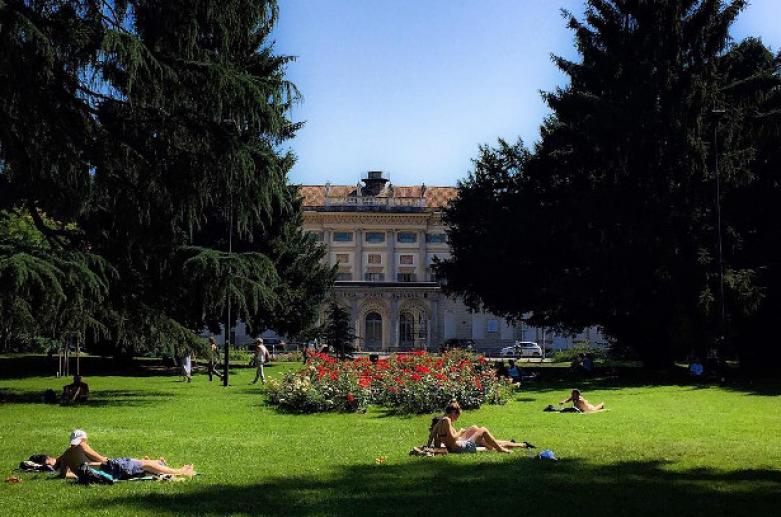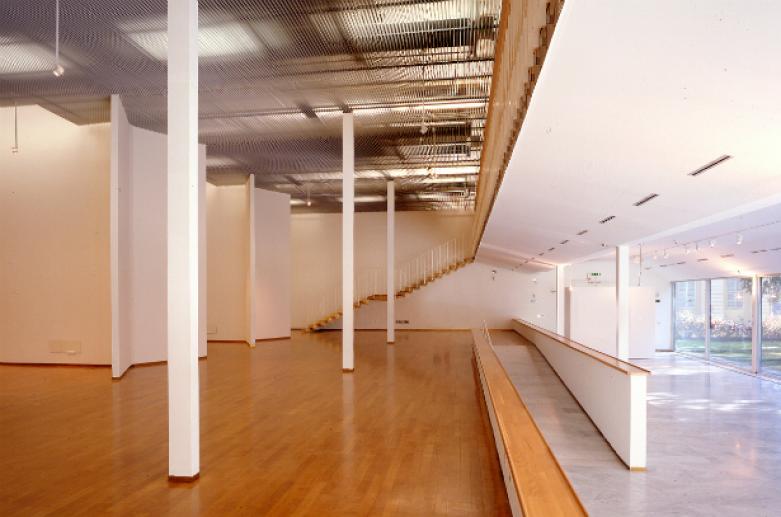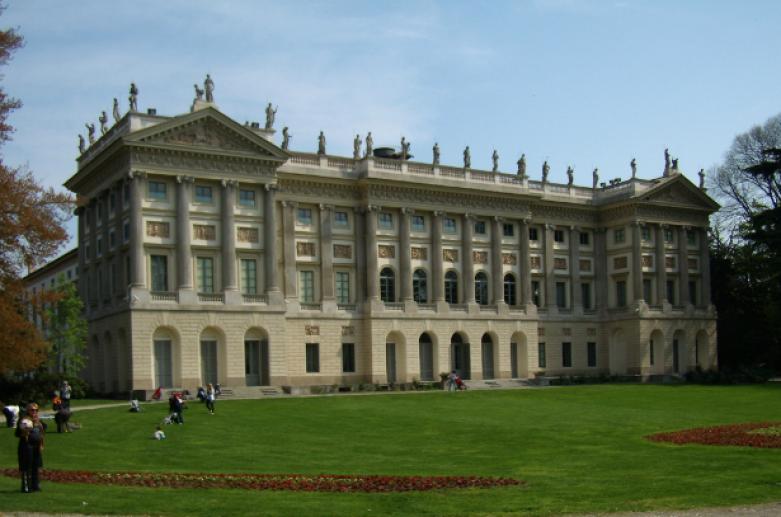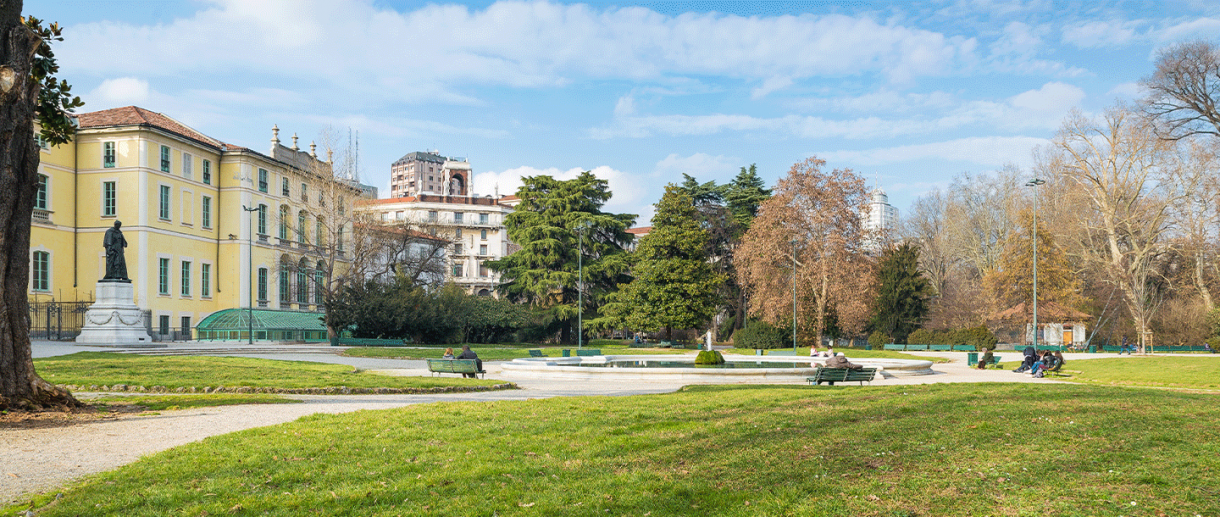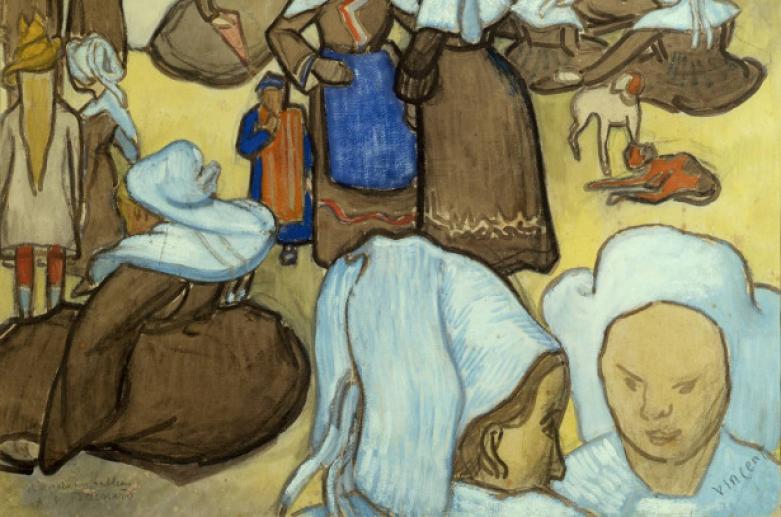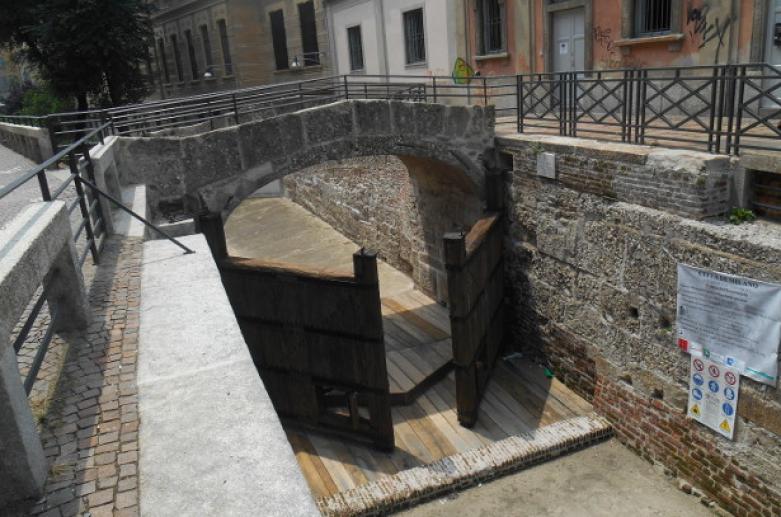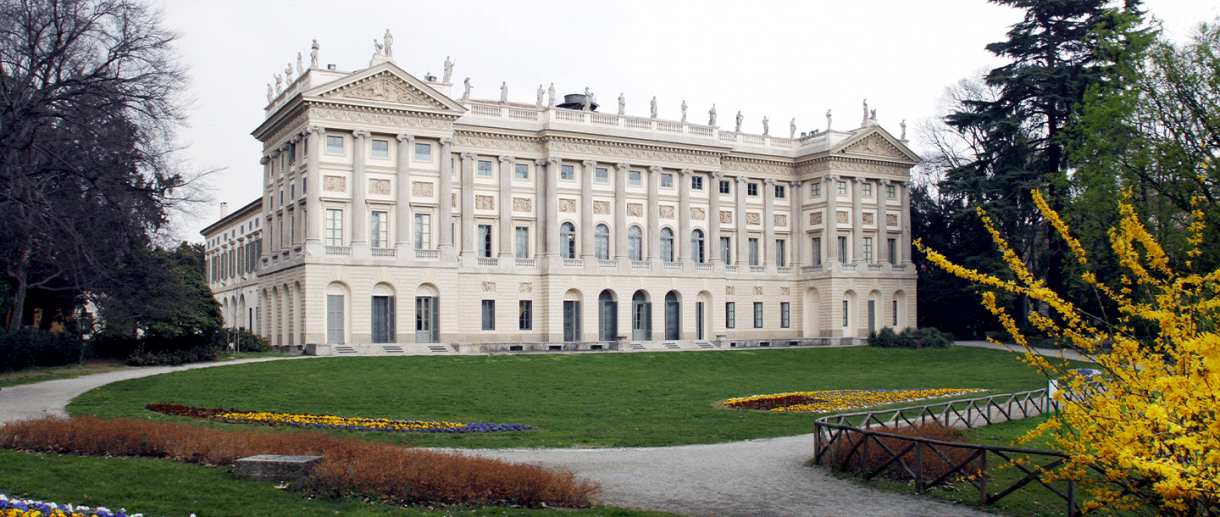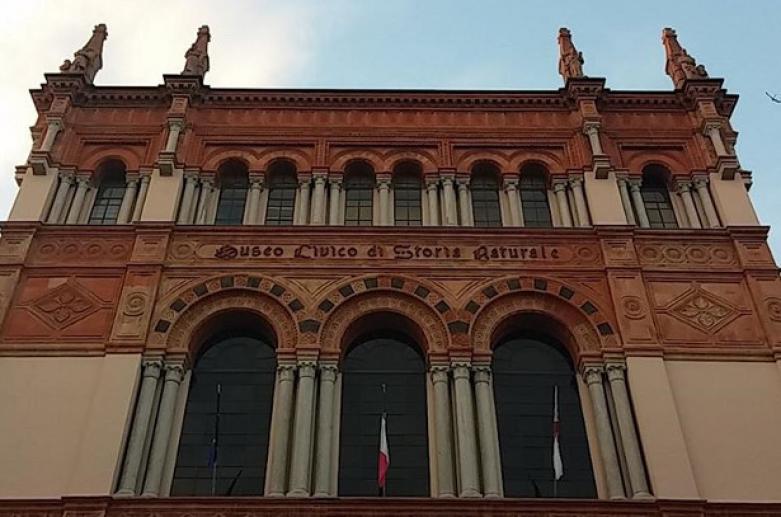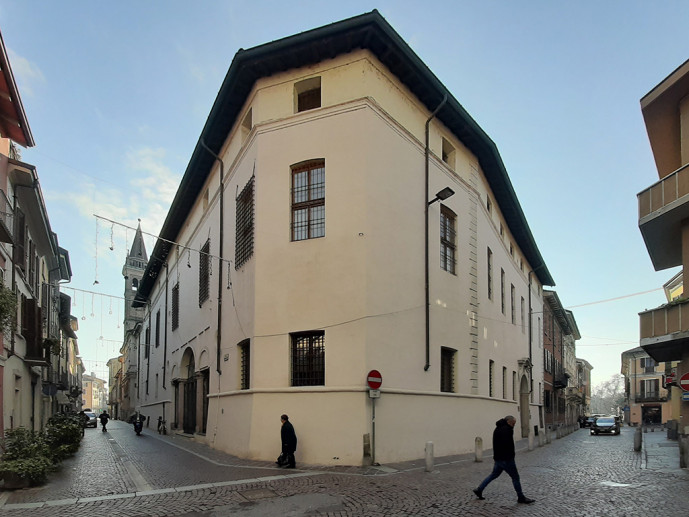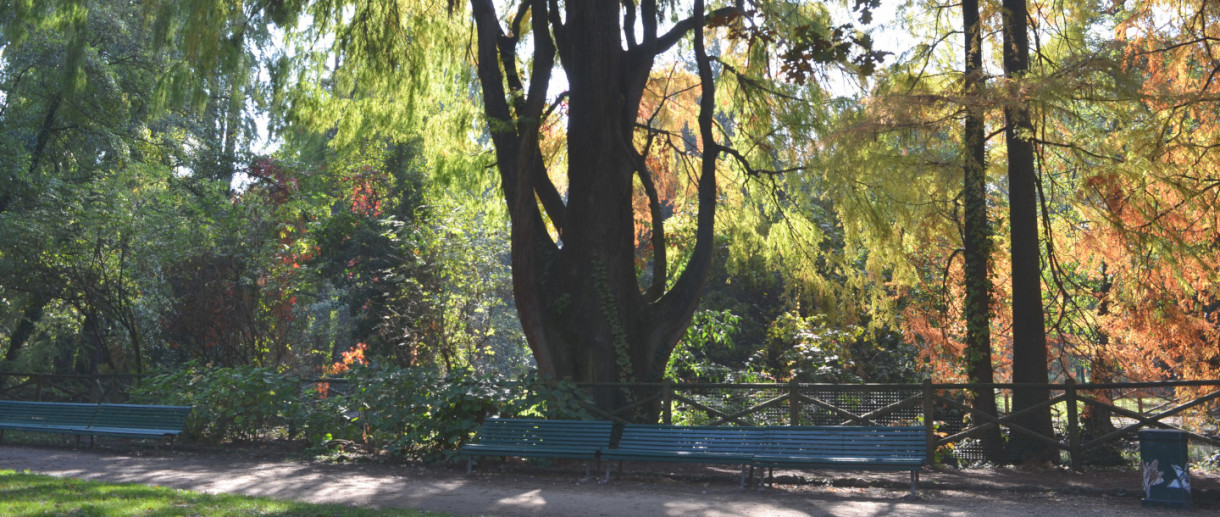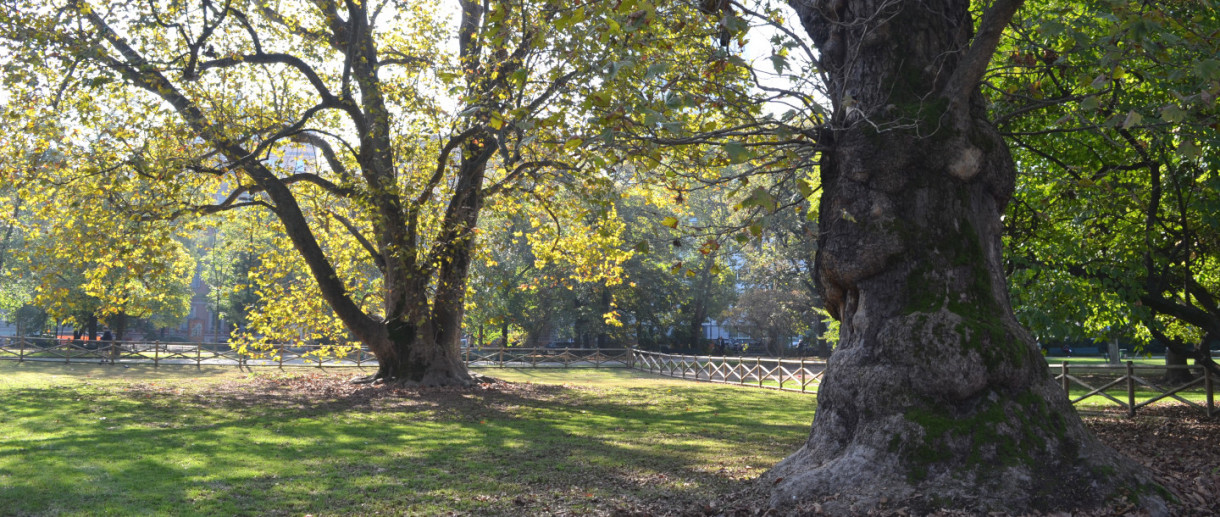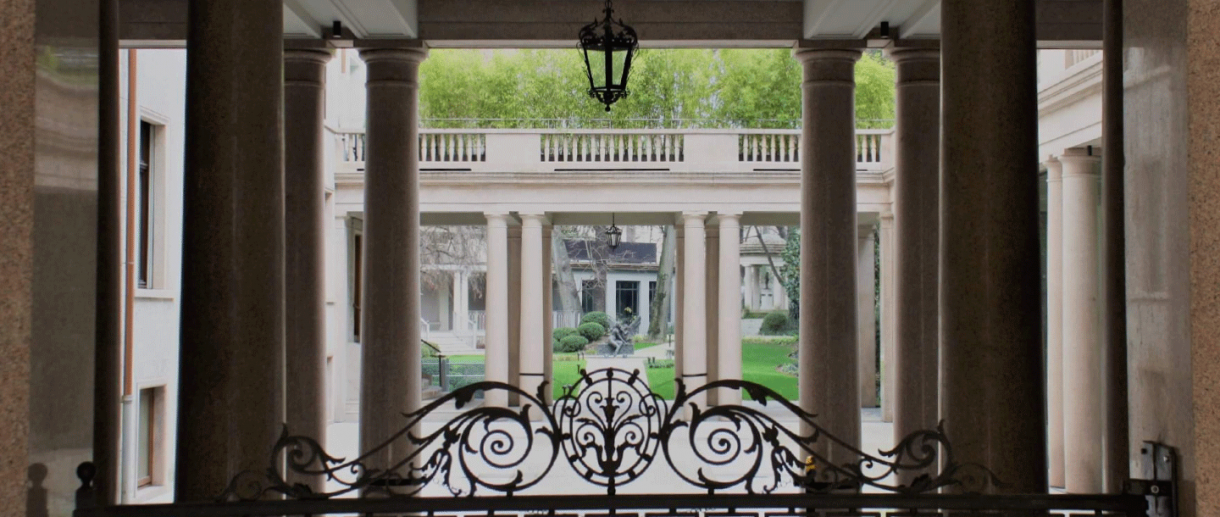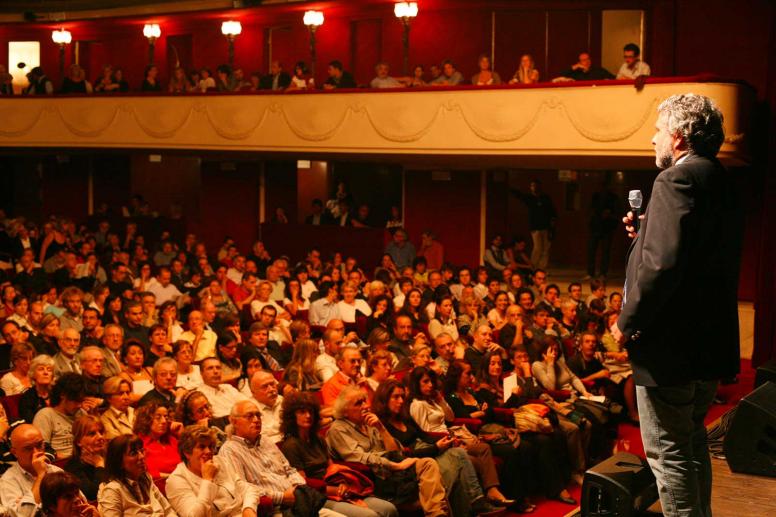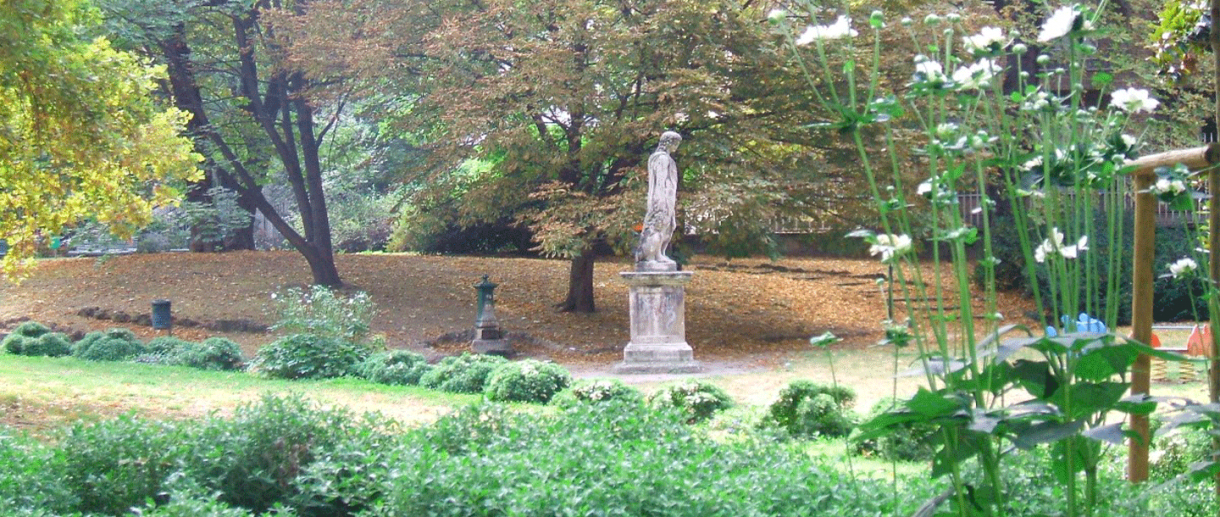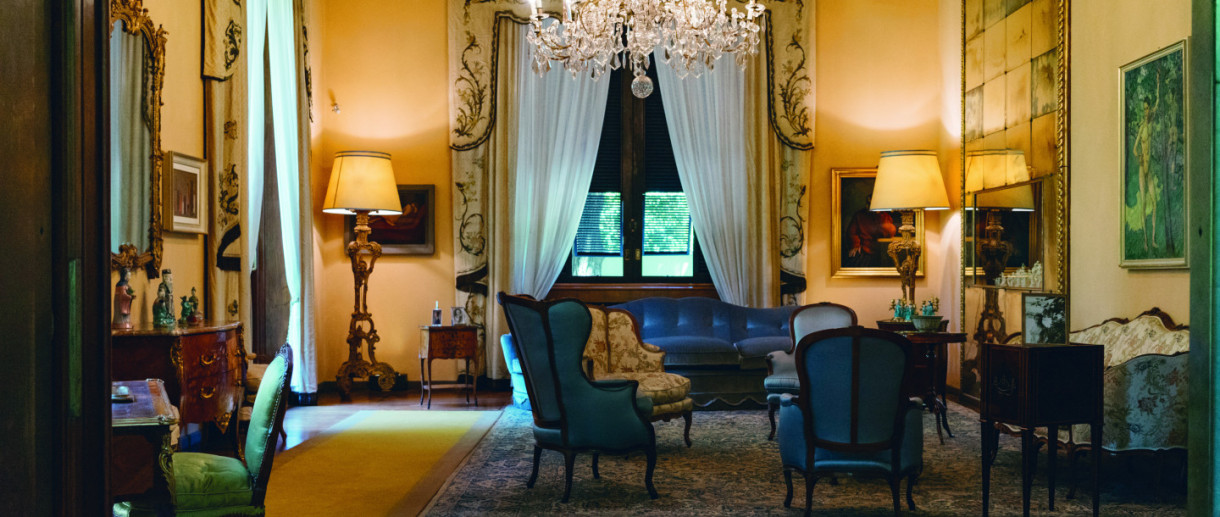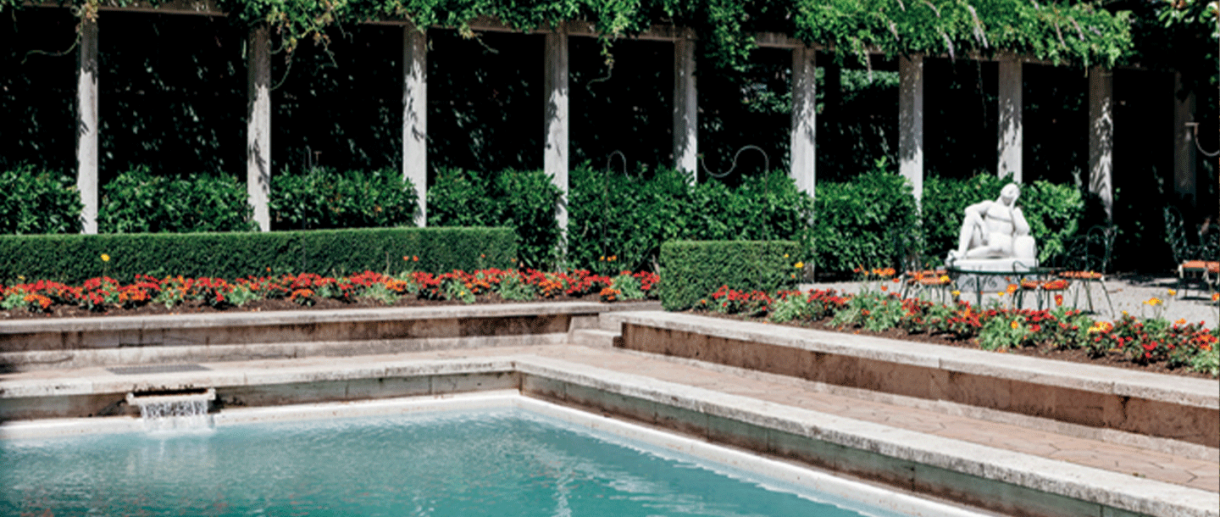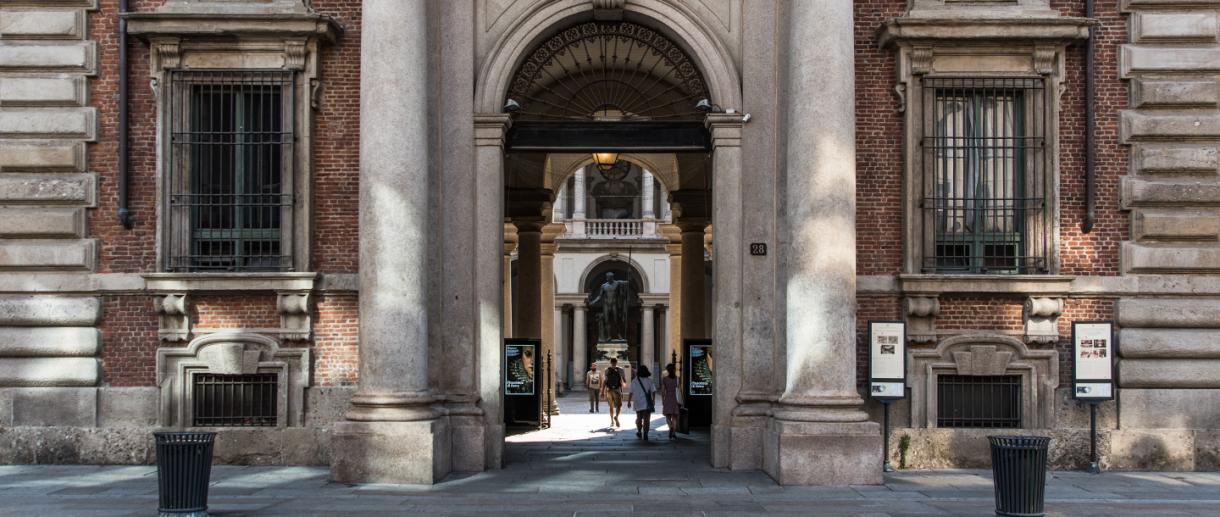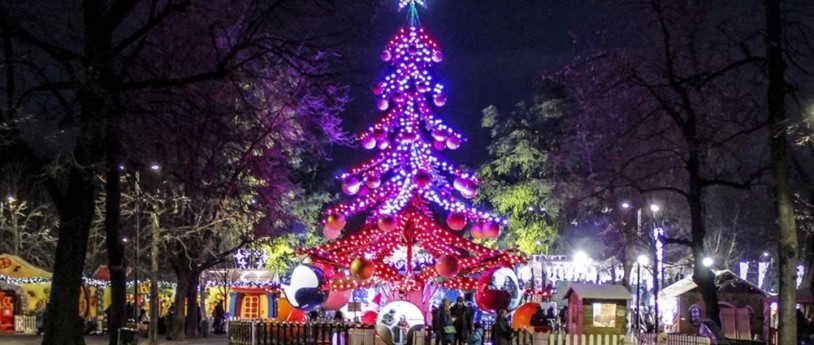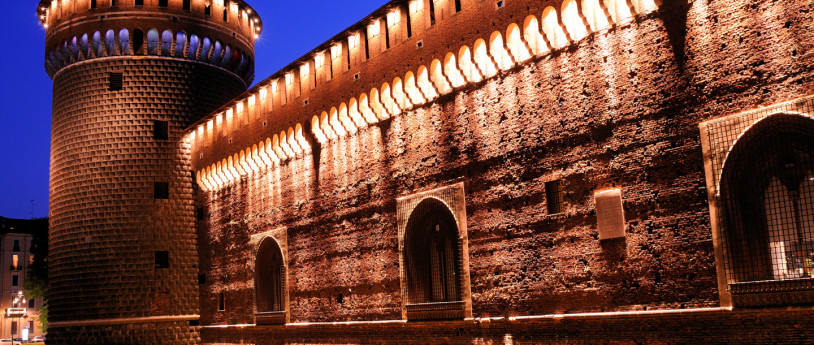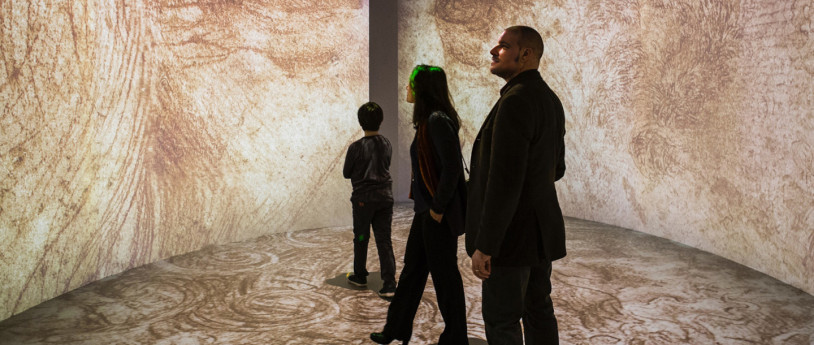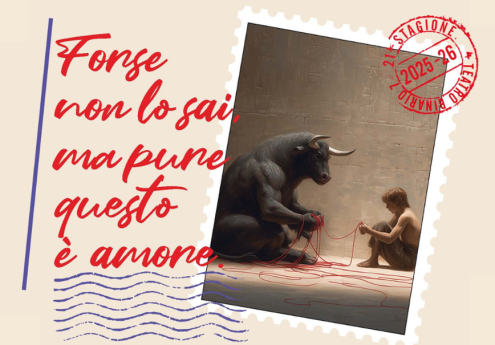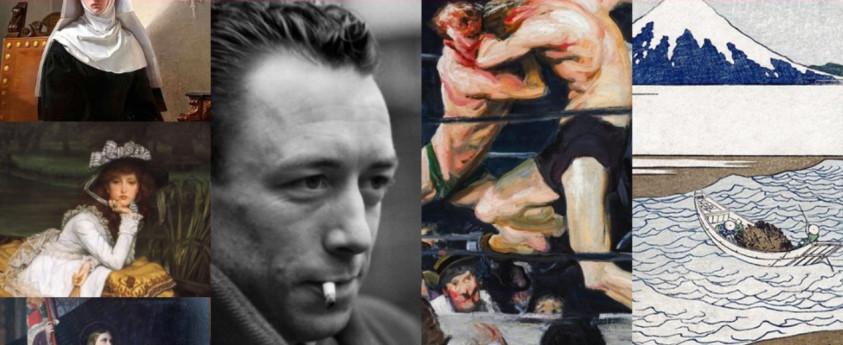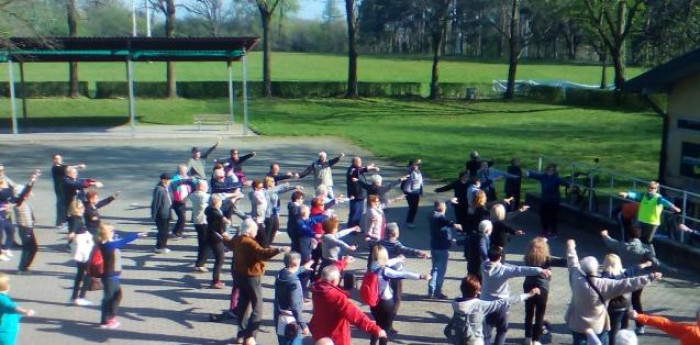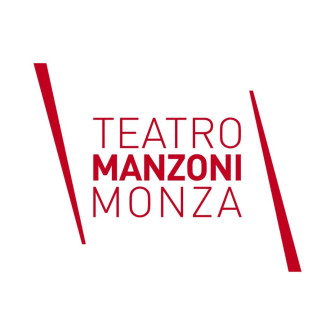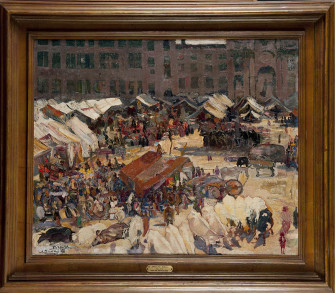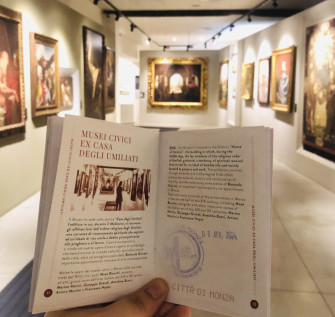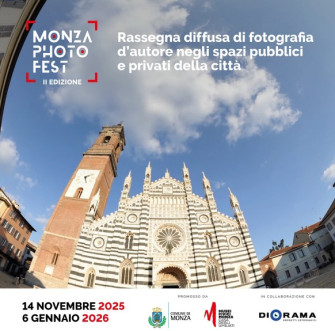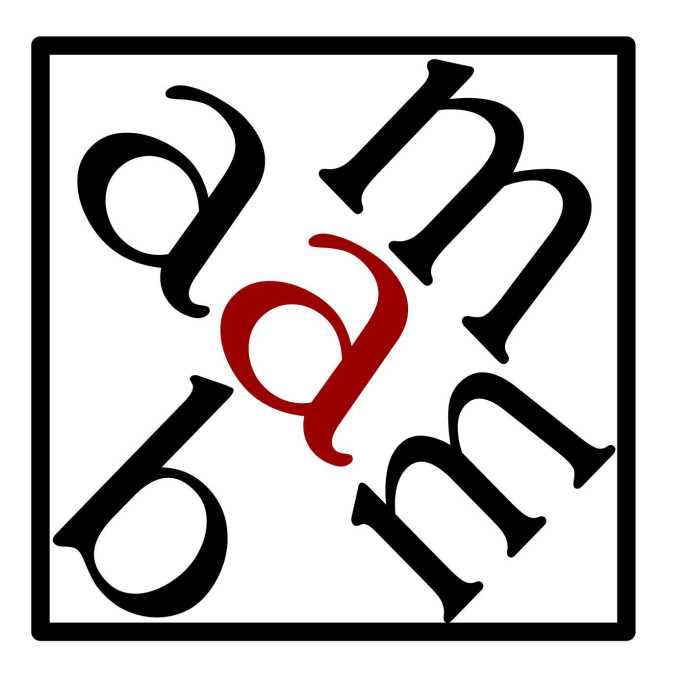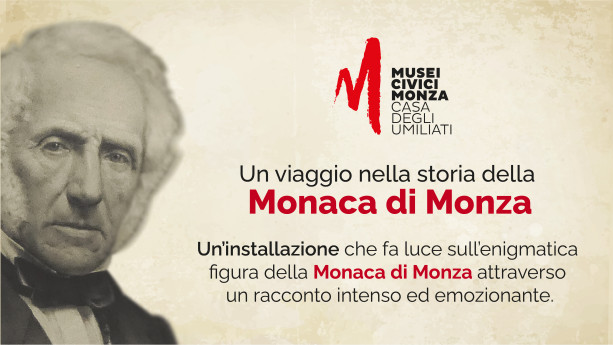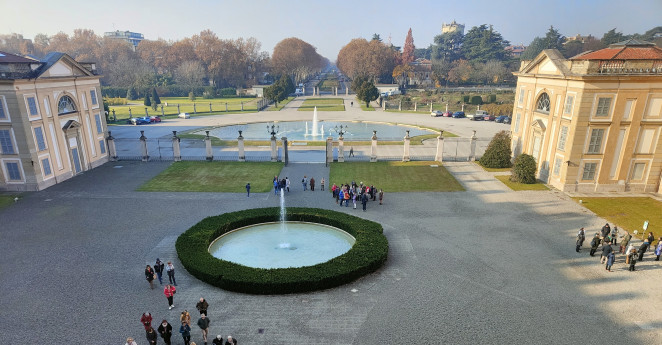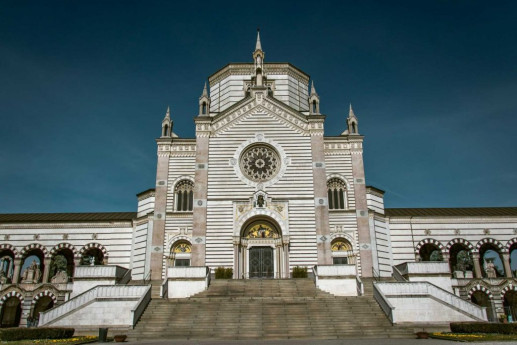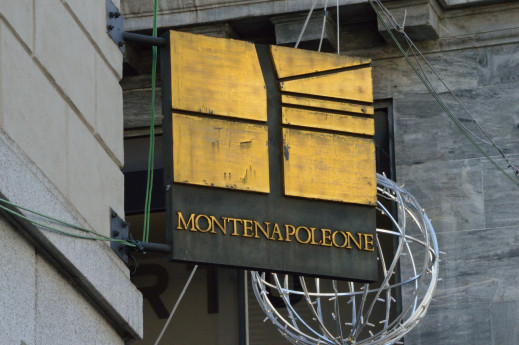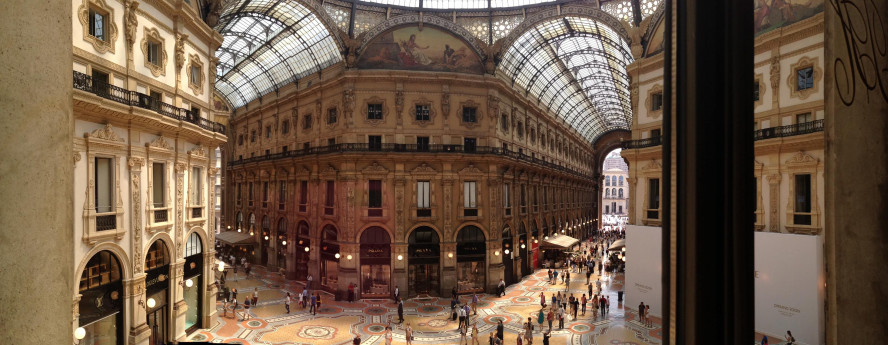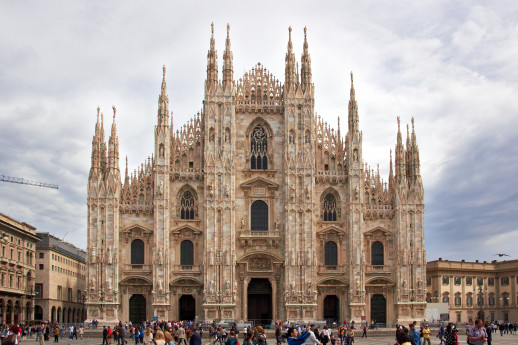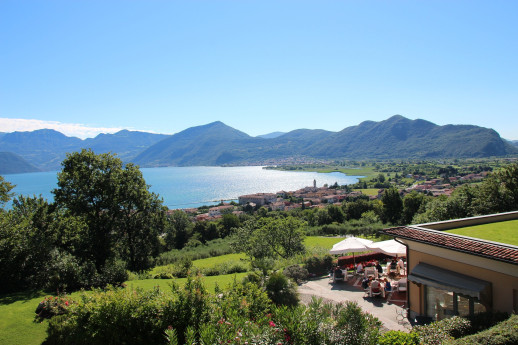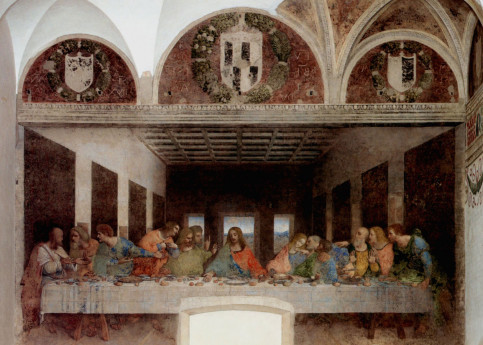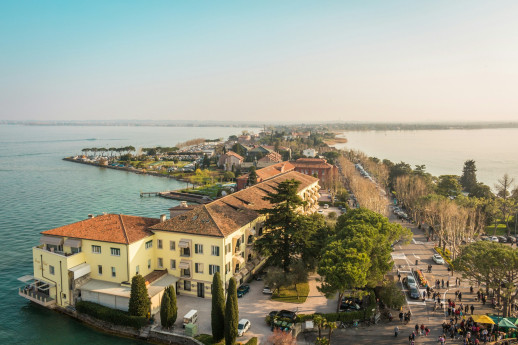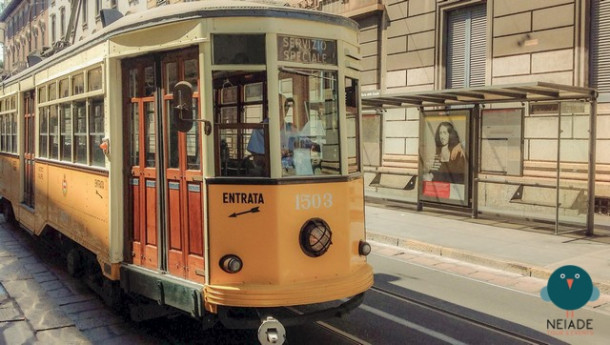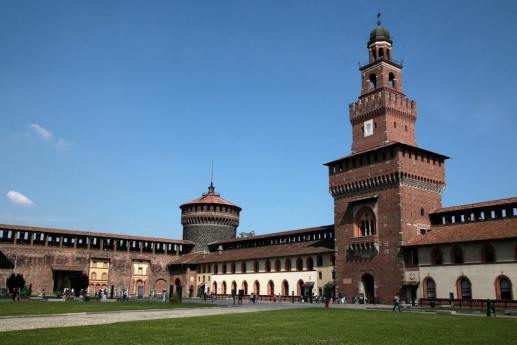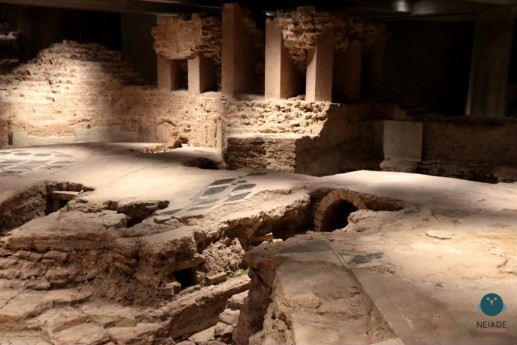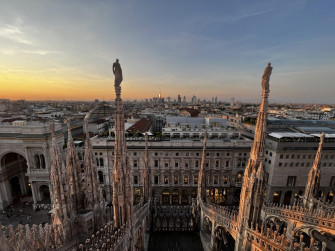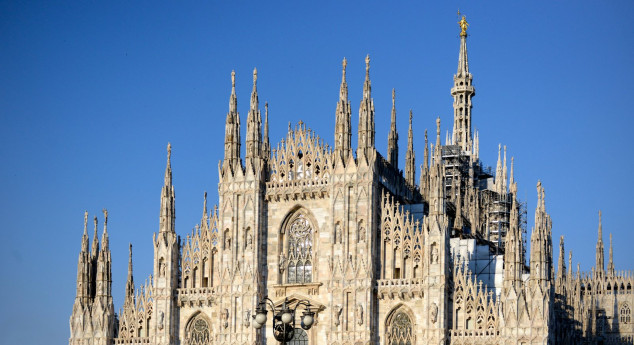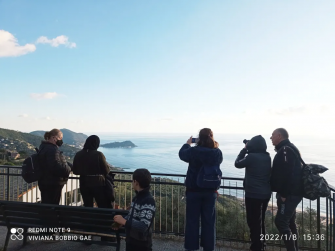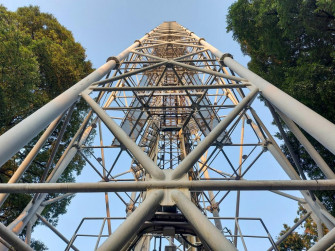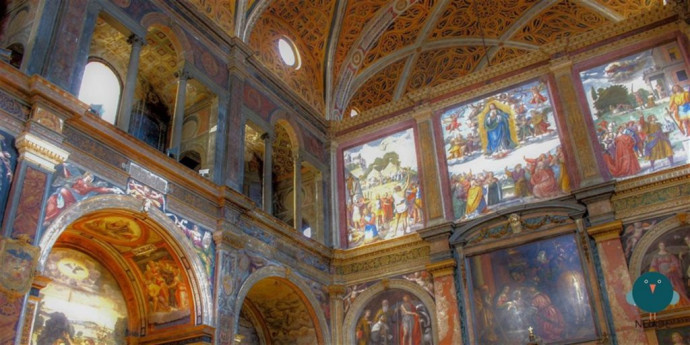- Lifestyle
- Art & Culture
Palazzo Pirelli
Ha compiuto 60 anni, la preziosa opera architettonica, simbolo della città di Milano.
For all the people of Lombardy and beyond, it is the famous Pirellone, but it is actually called Grattacielo or Palazzo Pirelli and is the seat of the Lombardy Regional Council.
With its 31 floors, 710 steps and 127 metres in height, it was the first building in the city to surpass the Duomo of Milan with its precious Madonnina. When it was completed, it was also one of the tallest skyscrapers in Europe and held the record in Italy for 35 years.
Although many years have passed and many new buildings have been constructed, it is still one of the tallest Italian buildings and is in no way inferior to the modern skyscrapers of contemporary Milan. Because the Pirelli is not just a building, it is a true symbol of the city, a timeless icon.
Built in the mid-1950s to a design by the master Gio Ponti, it has seen its development thanks to important collaborators of the calibre of Valtolina, Fornaroli, Nervi, Rosselli, Dell'Orto and Danusso. Construction began in 1956 and ended only four years later, when the inauguration took place on 4 April 1960.
Known all over the world for the production of tyres, it was the Pirelli company that commissioned its construction, due to the need to rebuild its factories destroyed by bombing. Thus, the Pirellone became a symbol of recovery from World War II, a signal to show innovation and strength, not only of Milan, but also of Lombardy and the whole country. The years of the economic boom passed, until it was acquired by the Lombardy Region in 1978 to house initially the Giunta (Council) and since 2011 the Consiglio (Council), of which it is still the seat.
The visionary thinking of the designers, and in particular that of engineer Nervi, made it possible to create a unique structure: a balance between loads and spaces that gave life to one of the strongest and safest reinforced concrete buildings in the world.
The strong visual impact can be seen as soon as you leave Milan's Central Station in Piazza Duca d'Aosta: your gaze rises to the large windows that reflect the blue sky and harmonise with the solid concrete pylons, in the style of Italian rationalism.
At the top is the Belvedere, dedicated to Enzo Jannacci and usable on special occasions such as meetings, exhibitions and events. From here, you can admire a breathtaking panorama from the city below to the snow-capped peaks of the Lombardy mountains.
Today, the 26th is the Piano della Memoria (Memorial Floor), in memory of the tragic aeroplane accident that, on 18 April 2002, saw the collision of a tourist aircraft and caused several injuries and three victims, the pilot and two regional employees.
The modern Auditorium is named after Giorgio Gaber and hosts various events, conventions and conferences.
Not to be missed is the exhibition "Storie del Grattacielo. I 60 anni del Pirellone tra cultura industriale e attività istituzionali di Regione Lombardia' ('Stories from the Skyscraper. 60 years of the Pirellone between industrial culture and the institutional activities of the Lombardy Region'), which traces the main historical events that took place during the years when the building was constructed. A chronological journey reconstructed thanks to stories, manuscripts and photographs from the period, made available by the archives of the Lombardy Region and the Pirelli Historical Archive.
While waiting for the actual opening to the public, it is possible to discover the exhibition virtually by visiting www.60grattacielopirelli.org. The initiative is promoted by the Council of the Lombardy Region, curated by the Pirelli Foundation and the architect Alessandro Colombo and realised thanks to the collaboration of Pirelli and FNM Group.
Palazzo Pirelli hosts the exhibition "50 Years of Lombardy", organised by the Lombardy Region, the Regional Council and the Council, with the support of ANSA and RAI, which provided original documents and archive images. The sixteen panels describe the history of the authority, from 1970, the year in which the first Council was established, to the present day, through the social events and the main political events that have taken place. A tale of Lombard identity, education and society to be discovered and not forgotten.
